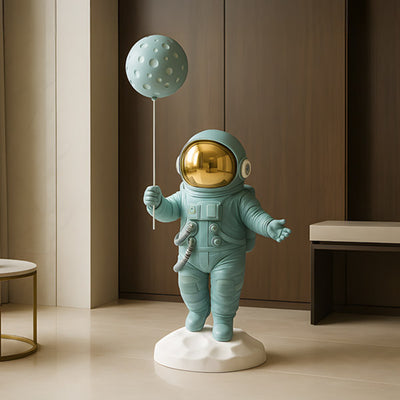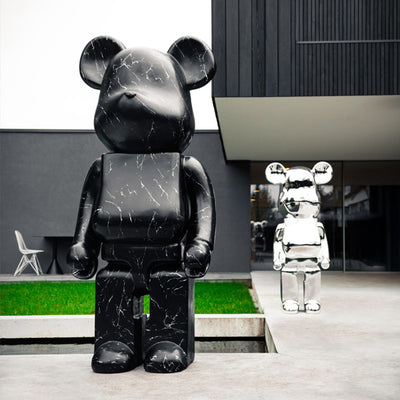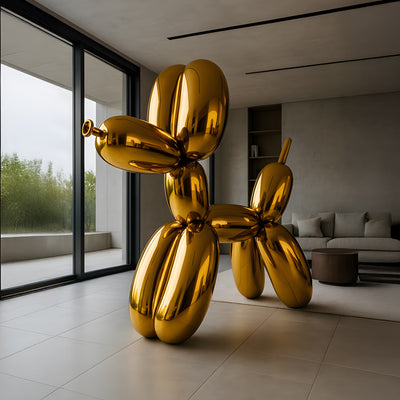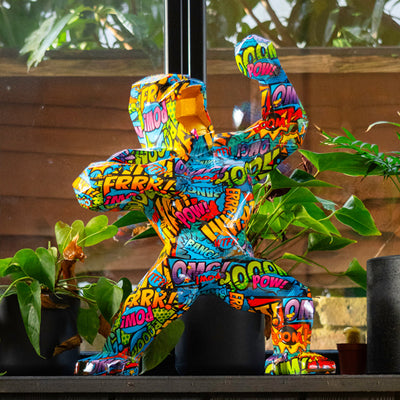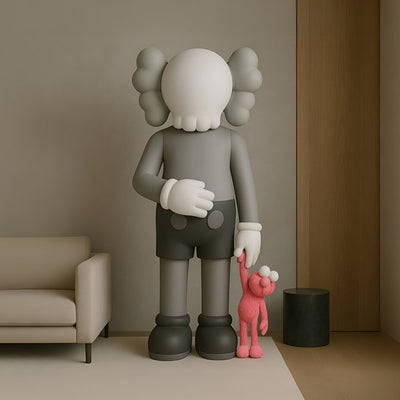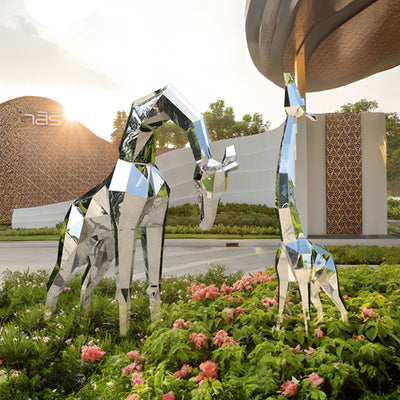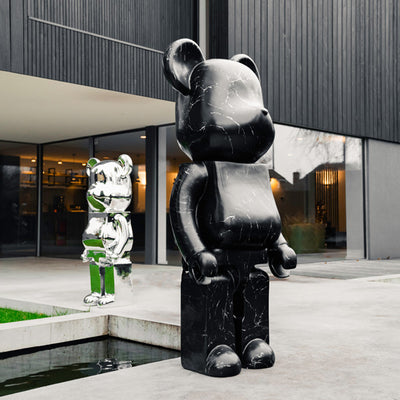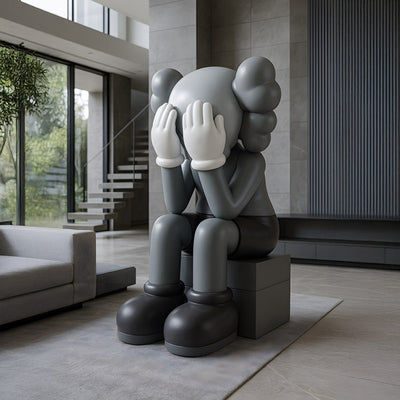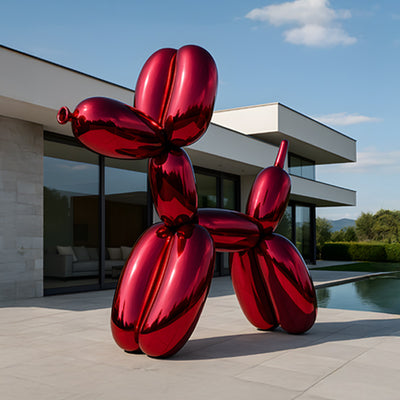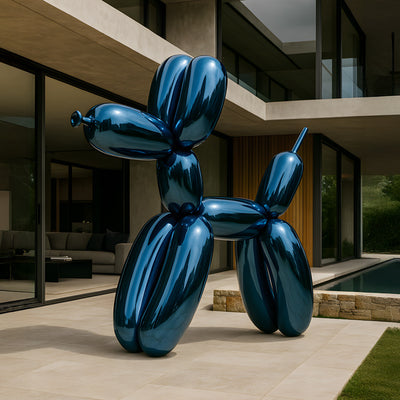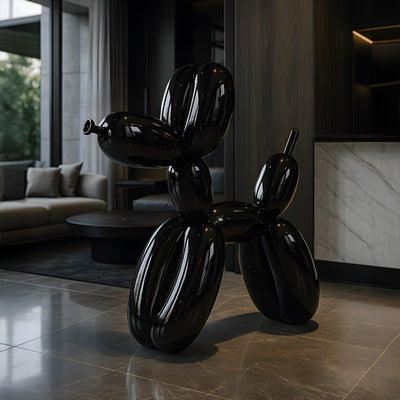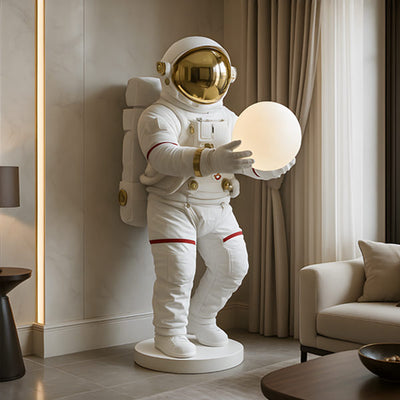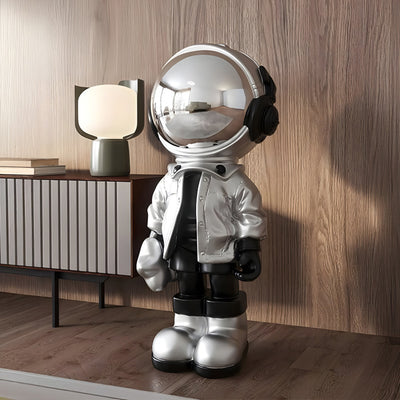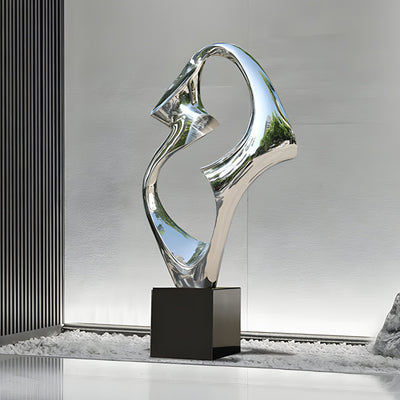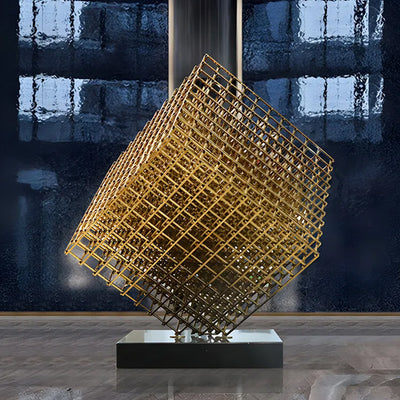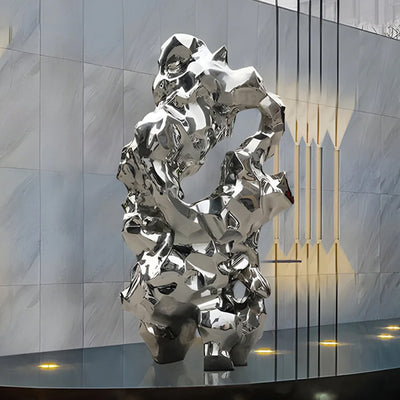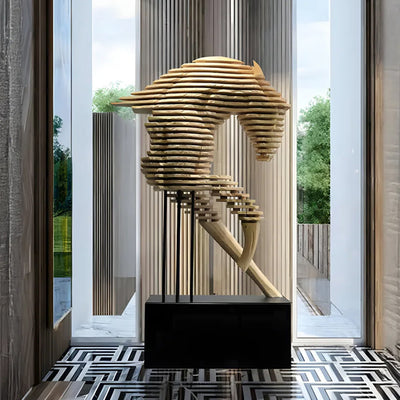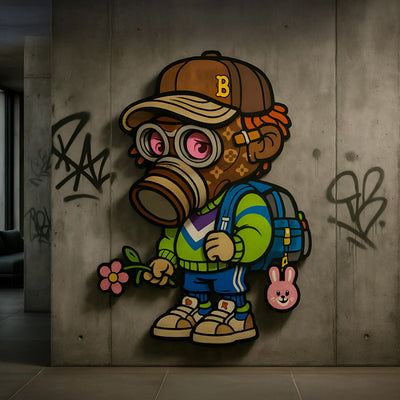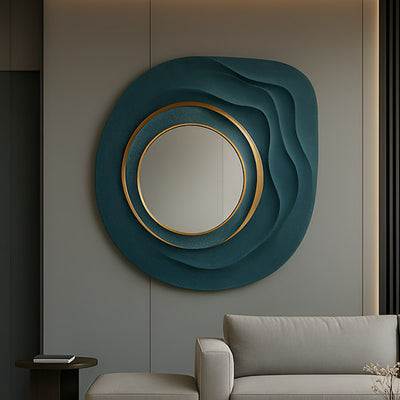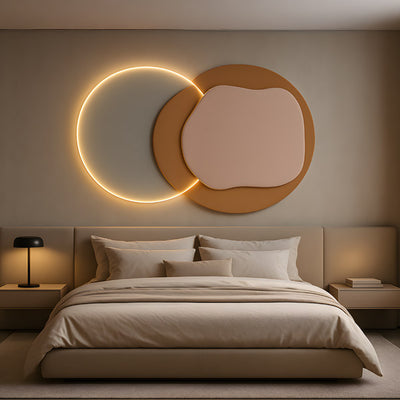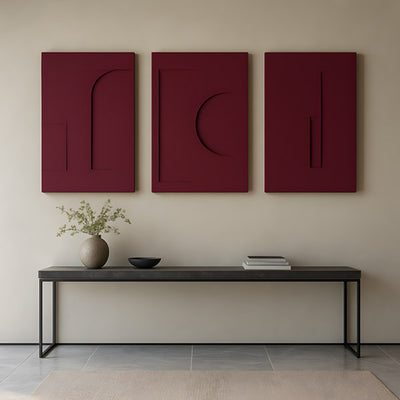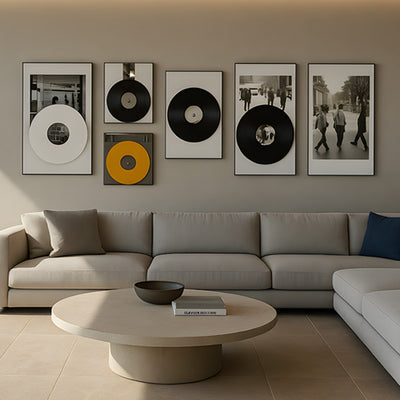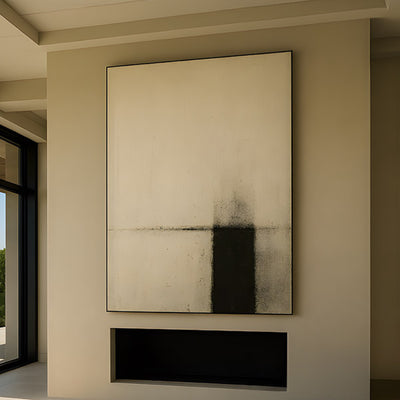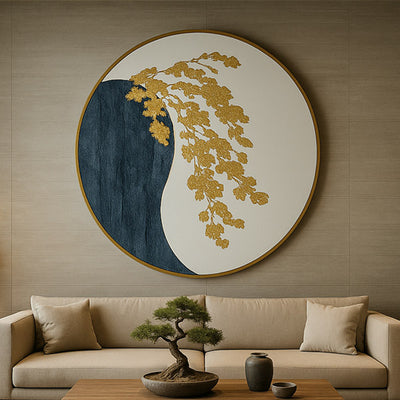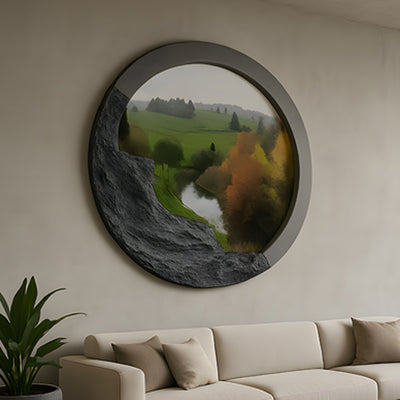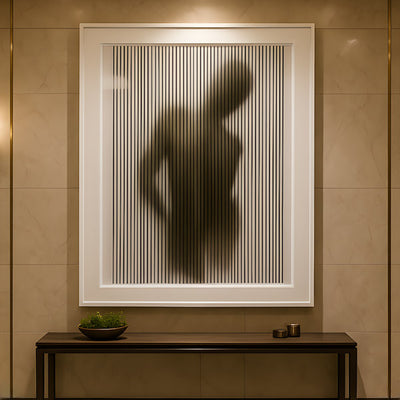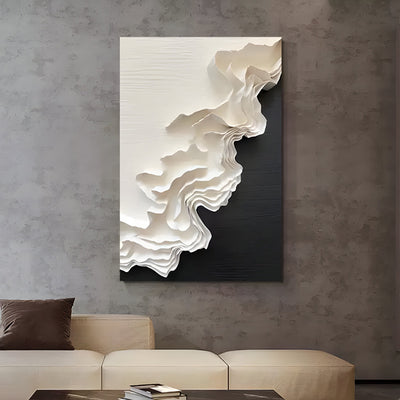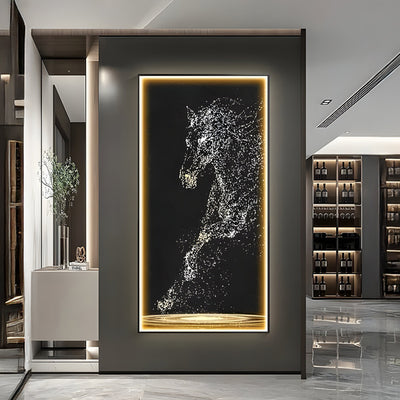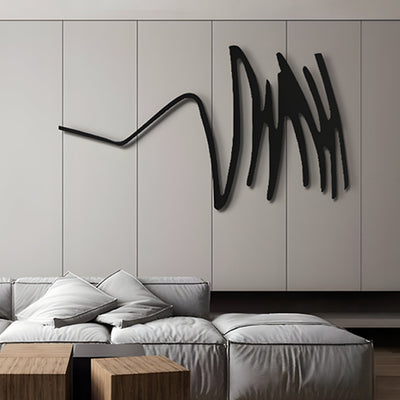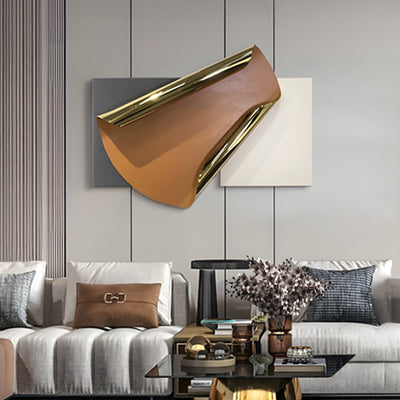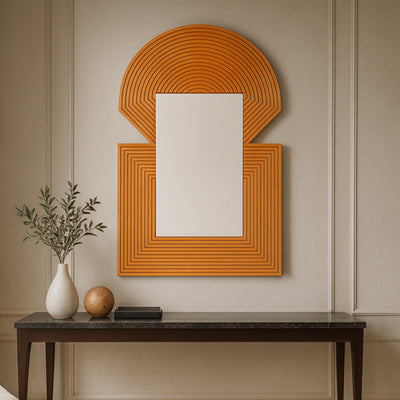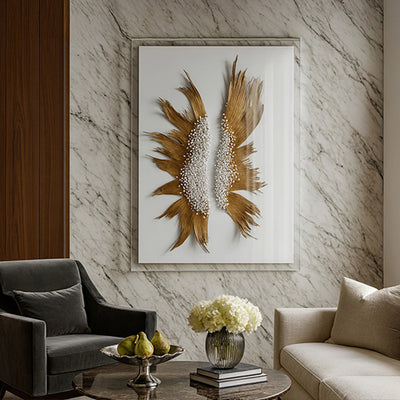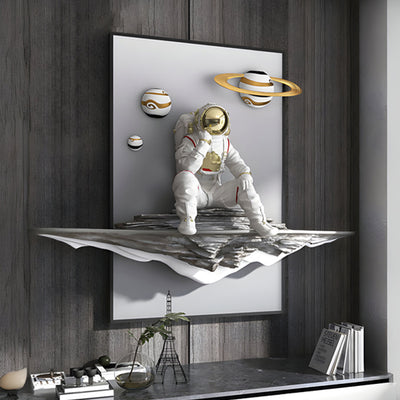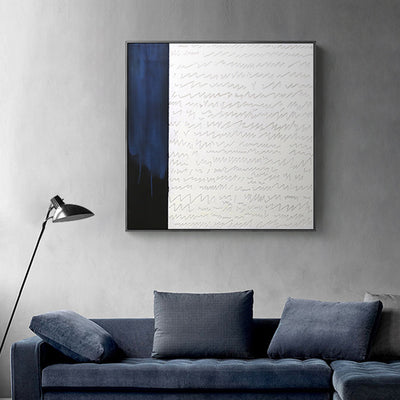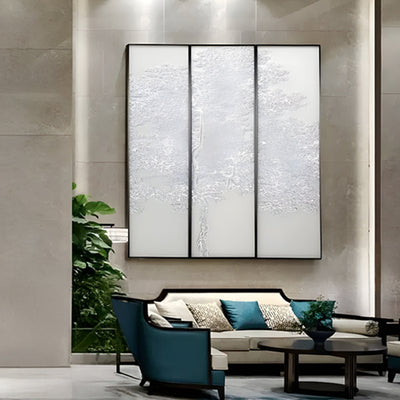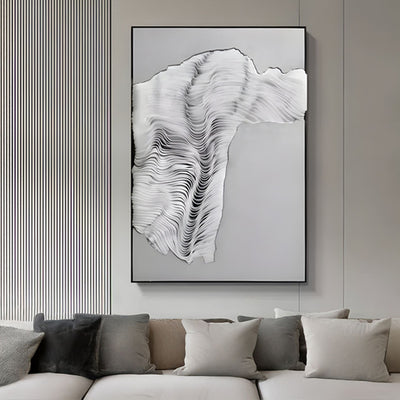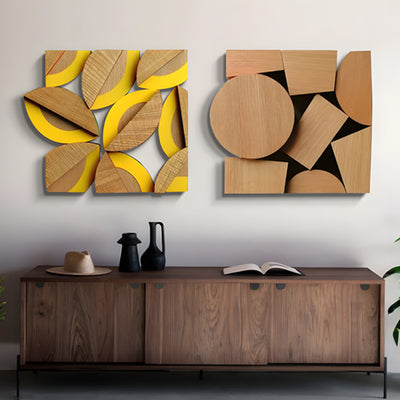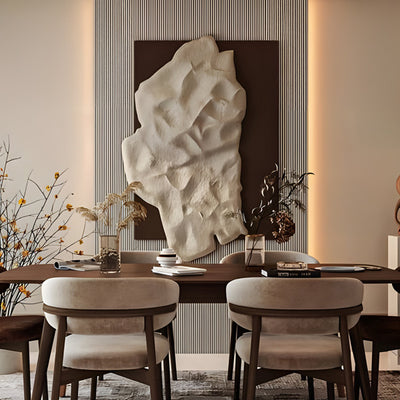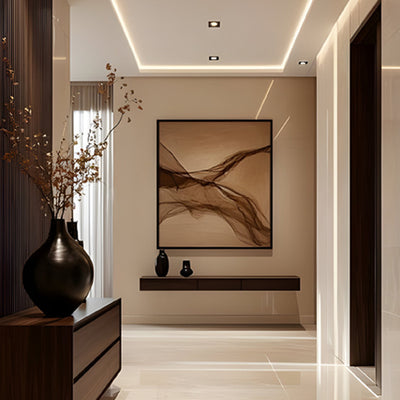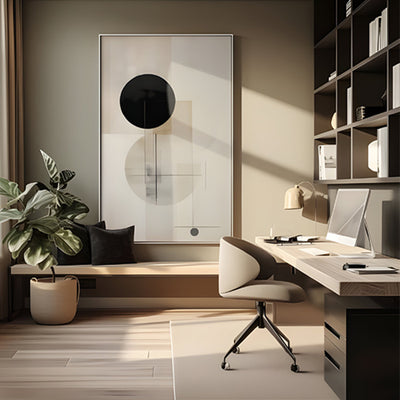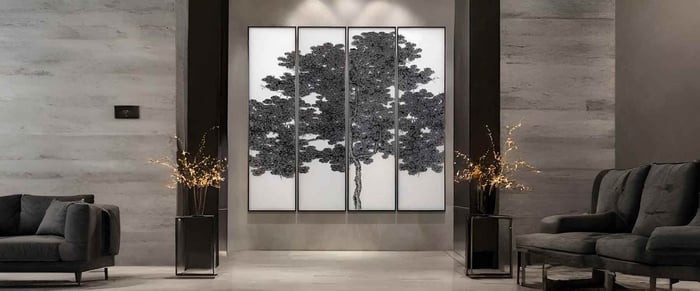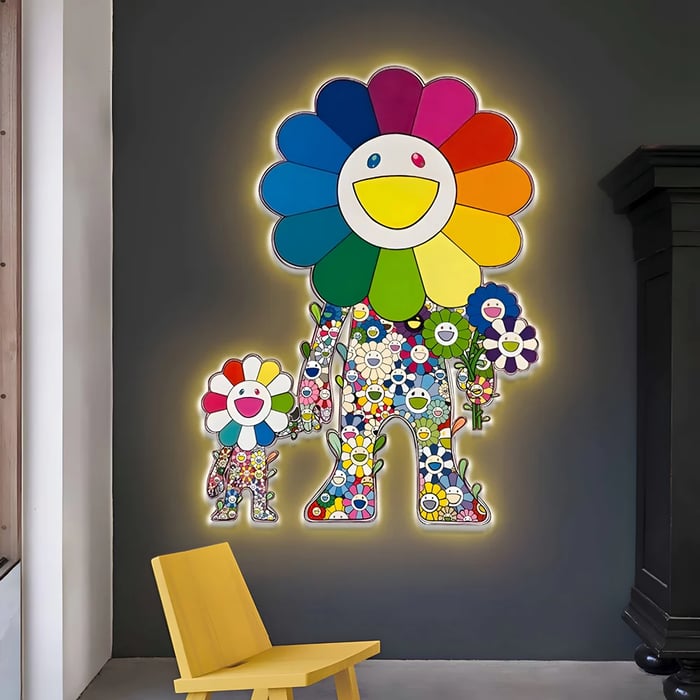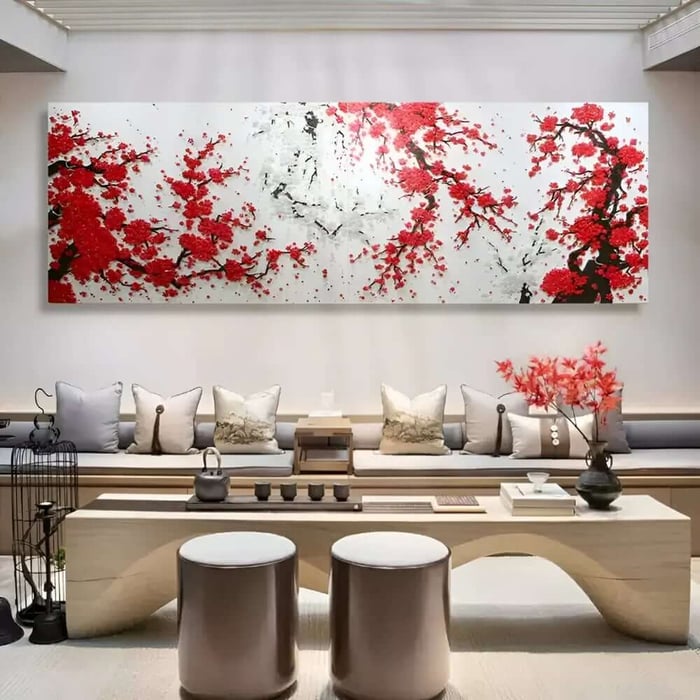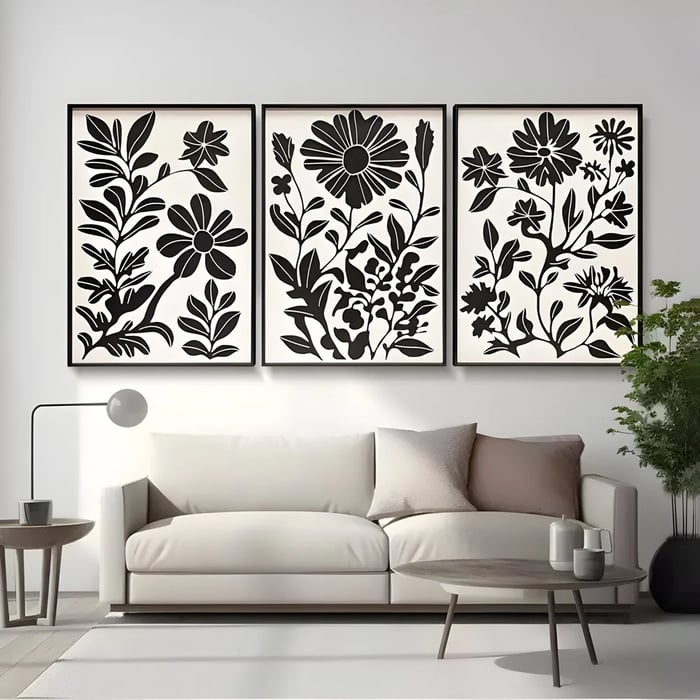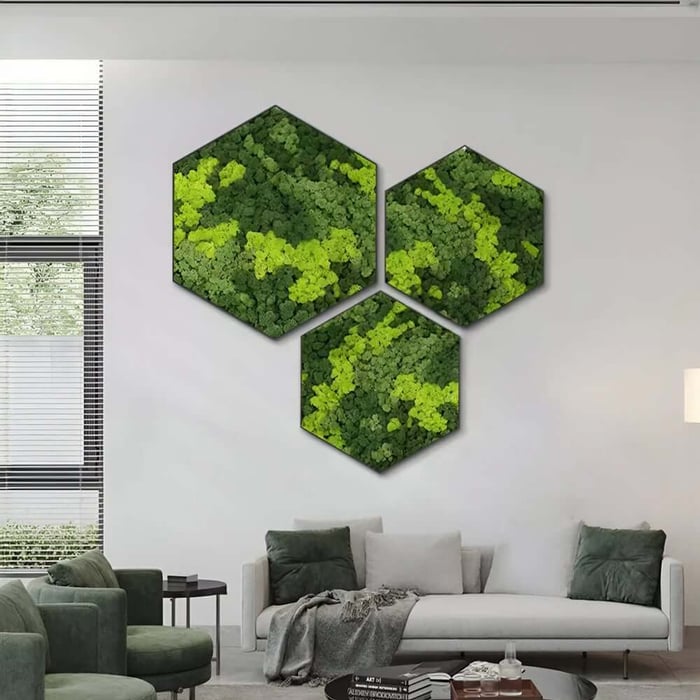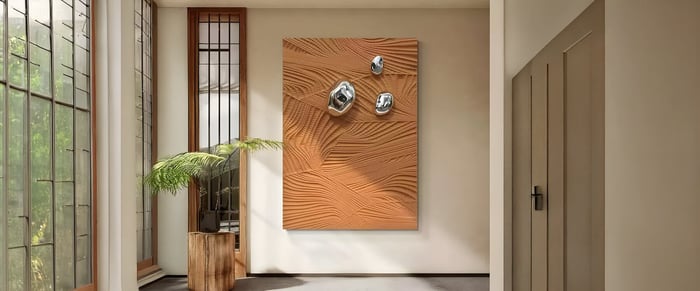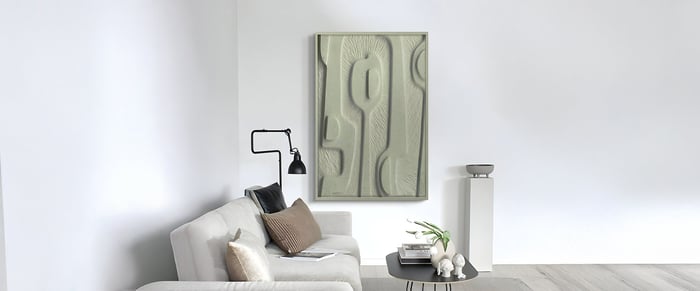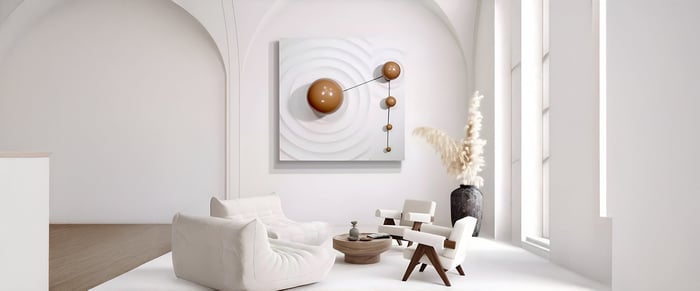Table of Contents
- Why Huge Flower & Plant Art Works So Well
- Types Of Huge Flower & Plant Art To Consider
- Choosing The Right Huge Flower & Plant Art For Your Space
- Hanging And Positioning Huge Flower & Plant Art
- Styling Huge Flower & Plant Art With The Rest Of Your Décor
- Where To Find Statement-Sized Flower & Plant Art
- Conclusion: Let Your Blank Walls Bloom In a Big Way
- FAQs
We’ve all got that one wall. The big, silent one that stares back at you every time you walk into the room. You’ve tried a mirror, maybe a couple of small prints, but without a bold piece of flower & plant art, it still looks unfinished and a bit apologetic.
This is exactly where huge flower & plant art pieces earn their place. When you go big enough, your wall stops being a problem and becomes the star of the entire space. Large-scale nature-inspired wall décor doesn’t just fill a gap; it sets the mood, anchors the room, and makes everything else feel more deliberate.
In this article, you’ll discover why scale matters, the main types of oversized flower & plant art, how to choose the right piece for your home, simple styling ideas, and where to find show-stopping work, including inspiration from the Giant Sculptures.
Why Huge Flower & Plant Art Works So Well
Big Floral & Plant Art taps into two powerful design tricks at once: our love of nature and the visual impact of scale. Flowers and foliage already have a calming, uplifting effect. Enlarging them across a canvas or wall makes that feeling almost immersive.
A single large floral or botanical artwork can pull a space together more effectively than several smaller pieces. Instead of your eye jumping from one tiny frame to another, it lands on one confident, coherent image. In open-plan rooms, an oversized canvas or mural can subtly divide areas, giving a sitting zone or dining area its own identity without putting up a physical barrier.
There’s also something pleasingly low-maintenance about big flower & plant art. You get all the freshness of greenery without watering schedules, dead leaves, or the heart-sink moment of realising your favourite plant has quietly given up on life. For anyone who likes the look of botanical wall art but not the responsibility of a jungle of houseplants, it’s an ideal compromise.
Types Of Huge Flower & Plant Art To Consider
When you think “big art”, it’s easy to picture a single giant canvas, but there are several ways to go large with flowers and plants:
Oversized canvases and prints- A simple, bold option. Close-up petals, dramatic leafy silhouettes, or loose, painterly blooms that dominate the surface can turn a blank wall into a focal point in seconds. These pieces are particularly effective above sofas, beds, and sideboards, where you want a clear statement.
Triptychs and multi-panel botanical sets- Instead of one heavy piece, use two or three panels that form a single scene. A triptych of flower heads, a run of leafy stems, or a gradient from dense foliage to airy blossoms creates the feel of a single artwork while being easier to transport and hang.
Wall murals and botanical wallpapers- Rather than hanging a picture, you can turn the wall itself into the artwork. Large-scale floral or leafy murals wrap the whole surface in pattern and colour, transforming the mood of the room. Peel-and-stick papers are useful if you rent or like to change things regularly.
Tapestries and fabric panels- Large printed or woven textiles with plant or flower motifs add scale and softness together. They’re excellent for high-ceilinged rooms that feel echoey, and they introduce colour and pattern without the hard, reflective surface of canvas.
Sculptural and 3D plant-inspired art- Metal branches, layered wooden leaves, or mixed-media floral reliefs introduce depth as well as size. These pieces are especially striking at the end of a hallway as eye-catching hallway art, on a tall stairwell wall, or in an entrance where you want a strong first impression.
By mixing these formats across your home, you can keep a consistent flower & plant art theme without every wall looking the same.
Choosing The Right Huge Flower & Plant Art For Your Space
Before you commit to a gigantic canvas or mural, it’s worth taking a little time to plan. A few careful decisions now will save a lot of frustration later.
Start with practicalities. Measure the wall and the furniture it sits above, then sketch a quick outline on paper or use masking tape on the wall to visualise the footprint. As a general rule, the artwork should be roughly two-thirds of the width of the furniture beneath it. That proportion tends to look balanced and intentional rather than either mean or overwhelming.
Once you know the size range, think about the mood. Decide how you want the room to feel: calm and airy, dramatic and cocooning, or bright and energising. Soft, pale florals and gentle greenery will keep things light; deep-coloured foliage, dark backgrounds, and high contrast will give more drama and intimacy.
Style comes next. If your home is modern and minimal, a piece of contemporary plant art with simple shapes and a restrained palette will sit comfortably. In a period or cottage-style interior, something that nods to classic botanical illustration or romantic blooms may feel more at home. You can also deliberately contrast styles, for example, hanging a very graphic leaf print in an older property if you enjoy that tension between old and new.
Finally, consider colour. Large flower & plant art carries a lot of visual weight, so it’s clever to echo at least one or two shades elsewhere in the room. Picking up a green, pink, or ochre from the artwork in cushions, throws, or a rug helps everything feel tied together.
Hanging And Positioning Huge Flower & Plant Art
Once you’ve chosen the perfect piece, getting the hanging and positioning right is just as important as the artwork itself. A stunning canvas that’s a few centimetres too high or slightly off-centre will never feel quite right, no matter how beautiful it is.
Aim for the centre of your flower & plant art to sit around eye level, roughly 145-155 cm from the floor for most people. Above a sofa, console, or headboard, keep a gap of about 15-25 cm between the top of the furniture and the bottom of the artwork so everything feels visually connected rather than floating. On long walls, line the piece up with the main furniture instead of the exact centre of the wall; in stairwells and hallways, follow the line of the steps or the run of the space so the art feels integrated with the architecture.
Because huge flower & plant art can be heavy, especially sculptural designs and framed canvases, it’s worth investing in proper fixings. Use suitable wall plugs and brackets for your wall type and don’t hesitate to bring in a professional if you’re unsure. It’s a small extra step that ensures your statement piece looks perfectly placed and stays safely in position for years.
Styling Huge Flower & Plant Art With The Rest Of Your Décor
Once your statement piece is up, the way you style around it will determine whether it feels integrated or stuck on as an afterthought. A few simple tweaks can make it look as though the room was always designed around your flower or plant artwork:
Balance with real or faux plants
Pairing an oversized floral canvas or leafy mural with one or two real plants reinforces the nature theme and stops the art from feeling disconnected from the rest of the space. A tall floor plant near the wall, a trailing plant on a sideboard, or a small pot on a nearby shelf is usually enough.Simplify the furniture and accessories beneath
The area directly under a huge piece of flower & plant art works best when it isn’t cluttered. A slim console with a lamp and a couple of carefully chosen objects, or a sofa with a restrained mix of cushions in shades that echo the artwork, lets the wall piece remain the main event. If you already own a striking piece of figure art or a favourite landscape art print, let the large floral work take centre stage and treat the others as complementary rather than competing focal points.Repeat shapes and colours elsewhere in the room
Curved leaves in the artwork can be echoed in rounded side tables, arched floor lamps or circular mirrors. Echoing colour is equally effective: if your plant art has a particular green or blush tone, repeating that in textiles or ceramics creates a subtle visual link.Use lighting to flatter the artwork
A floor lamp angled towards the wall, picture lights above the frame, or even a carefully placed ceiling spotlight can make colours look richer and details more pronounced in the evening. Good lighting is especially important for darker, moodier pieces so they don’t simply disappear at night.
By thinking of your huge flower & plant art as the starting point rather than the final flourish, you can shape the whole room around it in a way that feels cohesive and deliberate.
Where To Find Statement-Sized Flower & Plant Art
FAQs
What size counts as “huge” Flower & Plant Art?
Anything that’s at least two-thirds the width of the furniture beneath it (like your sofa or bed) will usually read as a statement piece.
Which room is best for large Flower & Plant Art?
Living rooms and bedrooms are ideal, but big floral or botanical pieces also look amazing in hallways, stairwells, and dining areas.
Can I mix Flower & Plant Art with other types of art?
Yes. Just let one piece be the star and treat others, like figure or landscape art, as supporting accents so they don’t compete.
Do I need real plants if I have Flower & Plant Art?
No, but adding one or two real or good faux plants helps reinforce the nature-inspired feel and makes the artwork feel more at home.
How do I stop colours from clashing with my décor?
Pick out one or two colours from the artwork and repeat them in cushions, throws, or accessories to tie everything together.
